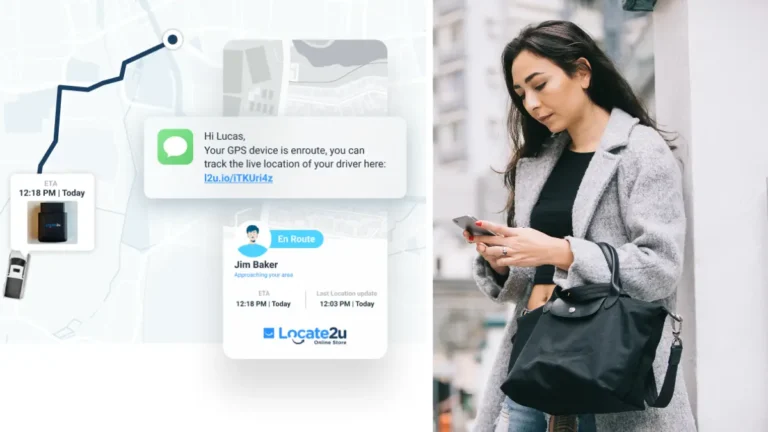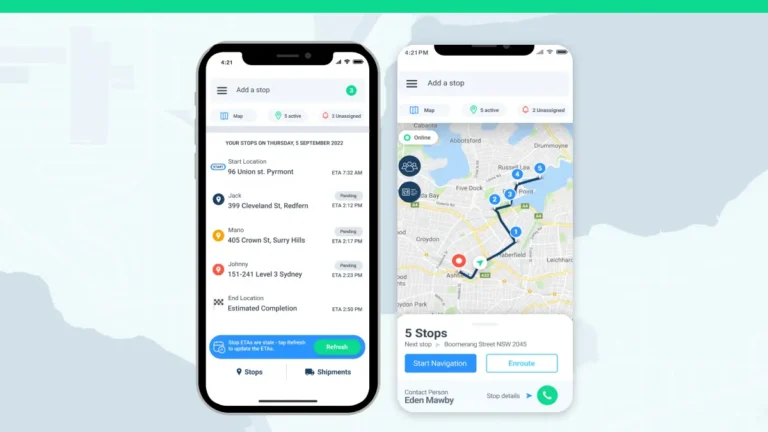The topic of returns has been a hot topic of conversation in the delivery space in recent months. In its latest report, global returns provider, Zigzag says an “unseen” crisis of serial returns is quietly chipping away at retail profit margins like never before.
“Beyond financial losses, online returns create both operational and sustainability challenges for retailers,” reads the report.
The company points out that online retail sales in the UK have grown from just over 10% a decade ago to more than 25% today.
The report finds that over half 55.2% of online shoppers won’t pay extra upfront for cheaper or free returns later.
Zigzag has the returns solution
A global returns provider, Zigzag’s returns platform is for both customers and retailers. The company was founded in 2014 by Al Gerrie and Laurence Guy.
Zigzag works with partners such as Royal Mail, DHL, and FedEx. Zigzag’s platform integrates with a retailer’s system and gives customers an easy solution when it comes to returns. Zigzag is compatible with major e-commerce platforms.
Here are some features of the platform:
- Exchange items instead of refunds – a way to keep customers happy
- Its reporting hub gives insight so that retailers can reduce their returns.
- Customers can choose their parcel carrier and warehouses.

Online shopping: Convenience matters
Zigzag’s research finds that convenience is the top priority for online shoppers:
- 66.3% of respondents rating it as highly important when selecting a return method.
- 28.1% The most preferred return method is via post offices.
- 27.1% of respondents prefer courier collections.
Zigzag shines spotlight on returns policy
The company shows that eight out of 10 consumers review return policies before buying online, highlighting the importance of flexible return options in shopping decisions.
But here’s an interesting find: Three out of five online shoppers have used returns to save or make money, including behaviors such as:
- 18.2%: Using rewards or cashback programs to profit from purchases and returns.
- 16.9%: Over-ordering to meet minimum spend requirements, then returning some items.
- 19.8%: Keeping items retailers said to return but later allowed customers to keep, especially common among 18-24-year-olds.
Behaviors in sending back clothing and footwear
Shoppers, especially younger generations, are reshaping return trends with behaviors like bracketing, wardrobing, and staging.
Here’s how:
Bracketing: 27.4% of shoppers return items after over-ordering sizes or colors, a trend more common among Gen Z (31.1%) than Baby Boomers (84.2% do not engage in this).
Wardrobing: 15.6% buy items for temporary use, such as events.
Staging: 14.5% purchase clothing for showcasing on social media.
Payment strategies: Nearly half of Gen Z (46.4%) and a third of Millennials (35.3%) switch payment methods (e.g., digital wallets, buy-now-pay-later) if they anticipate returning items, compared to just 5.5% of Baby Boomers.
Balancing costs and customer retention
Nearly half (49.4%) of shoppers abandon purchases due to strict return policies.
On average, customers are willing to pay £2 for returns, with slight variations between income groups (£1.70–£2.25).
Return rates vary by category
Clothing, footwear, and health & beauty see the highest send-back rates, driven by sizing and gifting issues.
In contrast, categories like DIY, electronics, and furniture have lower return rates due to infrequent, well-researched purchases.
Returns in these areas often stem from defects or unmet expectations and are costlier to process due to higher value and complex logistics.
Low-value items often unreturned
Zigzag’s research shows that one in three shoppers (31.9%) don’t return low-value items, considering them not worth the effort.
Online-first shoppers are even less likely, with 40.4% avoiding returns for items under £10.50, slightly above the average threshold of £9.86.
Delayed returns cost billions
Zigzag highlights that timely send-backs are crucial for reselling at full value, yet 15.5% of shoppers delay returns by over 10 days, contributing to £9.8 billion in returns for 2024.
These delays, especially in fast-moving sectors like fashion, risk missed peak sales and declining item value.
Return timing: A generational divide
The report emphasizes that Gen Z and Millennials take seven days on average to return items, compared to four days for Baby Boomers.
Nearly half (46.9%) of younger shoppers value longer return windows, but streamlining processes and promoting faster send-backs can help reduce inventory risks.
Serial Returns: A Costly Retail Challenge
Serial and slow returners make up 25% of customers but drive nearly 50% of returns. Serial returners prioritize fast refunds and frequently send back large orders, while slow returners value convenience and often act on impulse.
Both behaviors create significant inefficiencies for retailers.
Do policies matter to serial returners?
Yes, absolutely. The report shows 68.5% of respondents avoid purchases due to unfavorable return policies.
Understanding consumer habits: Who’s sending what back?
Consumer return behaviors vary widely, from genuine issues to opportunistic tendencies, shaping how retailers manage returns.
Here’s what the report highlights:
Occasional returners, genuine reasons dominate: Typically return items due to damage or unmet expectations, posing minimal disruption for retailers.
Efficient returners: aligned with the average shopper: Their return habits closely reflect common consumer reasons like sizing or product defects.
Serial returners: Price sensitivity drives behavior: Over-ordering is common, with many returning items if they find better prices post-purchase.
Slow returners: Impulse meets indecision: Tend to return impulsively, often influenced by buyer’s remorse or convenience challenges.
Profit-driven return behaviors
Zigzag’s research highlights some shoppers use returns not just to reverse purchases but as a way to save or even make money:
- Serial returners: 31.6% keep items they planned to return for resale or personal use, and 24.4% return items to repurchase them at lower prices.
- Slow returners: Nearly 30.4% delay returns to earn rewards or cashback, while 24.4% over-order to meet minimum spend thresholds and later return excess items.
- Efficient returners: Engage less in these tactics but often target minimum spend thresholds when shopping online.
Looking ahead: The future of returns
“The future of returns is rapidly evolving, driven by shifting consumer behaviours, retailer reactions,technology, and the need for more sustainable practices,” reads the report.
Some advice for retailers: As online shopping grows, retailers need flexible strategies to manage returns, balancing profitability, efficiency, and sustainability.
NOW READ: Shining the light on leading UK retailer’s returns policies: Report
About the author
Sharl is a qualified journalist. He has over 10 years’ experience in the media industry, including positions as an editor of a magazine and Business Editor of a daily newspaper. Sharl also has experience in logistics specifically operations, where he worked with global food aid organisations distributing food into Africa. Sharl enjoys writing business stories and human interest pieces.











